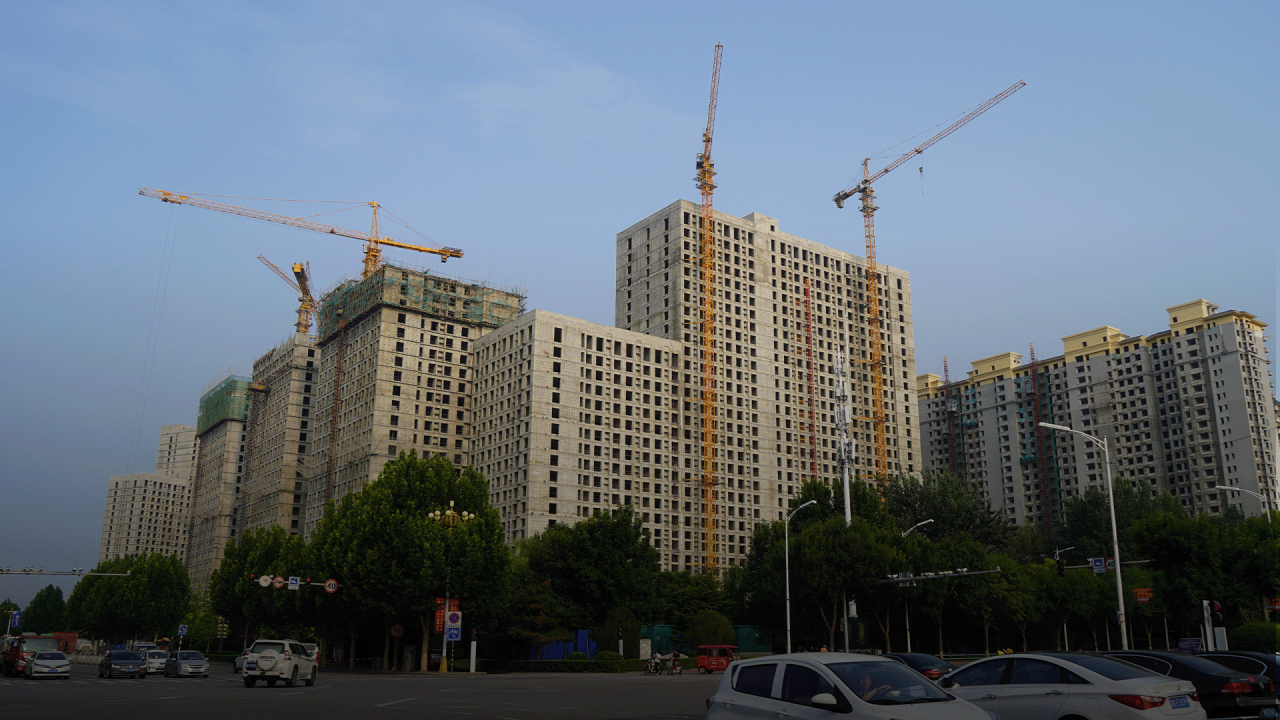
China won’t let the property market collapse but the heady days are over
- Given policy goals, we can expect more deleveraging to manage loan risks even as Beijing prioritises homebuyers and supports cash-strapped local governments
- But there will be no return to the ‘high leverage, high growth’ model that drove the sector over the past decade
This has left the market waiting for updates on how to navigate China’s property sector, an important pillar of growth since the private property rights space expanded decades ago.
China is facing a challenging economic period. Policymakers are keenly aware that markets are looking for insights as to how Beijing will target the soft spots in the domestic economy.
China’s mortgage boycotts, bank crisis expose Ponzi dynamic run wild
Even so, the latest property sector data has not been encouraging. Traditionally, the National Day “golden week” holiday is a strong period for activity in the real estate market, but new residential transactions for the week dropped by 26 per cent year on year in terms of floor space sold, suggesting continued weakness in demand.
Now the party congress is over, we are more likely to see better policy implementation and coordination in efforts to continue to deleverage the sector and manage loan risks without allowing a notable rebound in property-related credit demand. It is likely that policymakers will continue to prioritise the protection of homebuyers. Measures such as the 200 billion yuan in special loans to ensure the completion of pre-sold homes could be extended in scope and size.
Can China fend off property crisis, rebalance its economy?
We should maintain perspective – there is little chance of the property market’s woes devolving into systemic risks for the broader financial market. Tightened financial regulations over the years have led to very prudential mortgage standards and modest bank exposure to the housing sector. China’s savings rate, at 46 per cent of GDP, remains among the highest in the world, provide deep pockets to service high debt and absorb losses.

Meanwhile, falling property and land values do not necessarily mean that a wave of bad loans is coming. In China, mortgages are considered one of the safest bank assets. The non-performing loan ratio – basically, the rate of default – was just 0.34 per cent for the first half of this year, compared to 1.34 per cent for all other loans. The low default rate in China is due to the full-recourse structure of the mortgage – banks have charge over all of the borrower’s assets.
Still, for China to experience any kind of material economic rebound, the property market’s woes must be fixed first. Property-related loans account for around 39 per cent of all bank loans and so declining property values would create downward pressure on credit growth.
The plethora of measures introduced to stabilise the property market should start to provide a floor, but the risk of a negative feedback loop between home prices and the real economy remains. The market should gird itself with the realisation that the era of breakneck property price growth is no more than a fleeting memory.
David Chao is a global market strategist (Asia-Pacific) at Invesco


